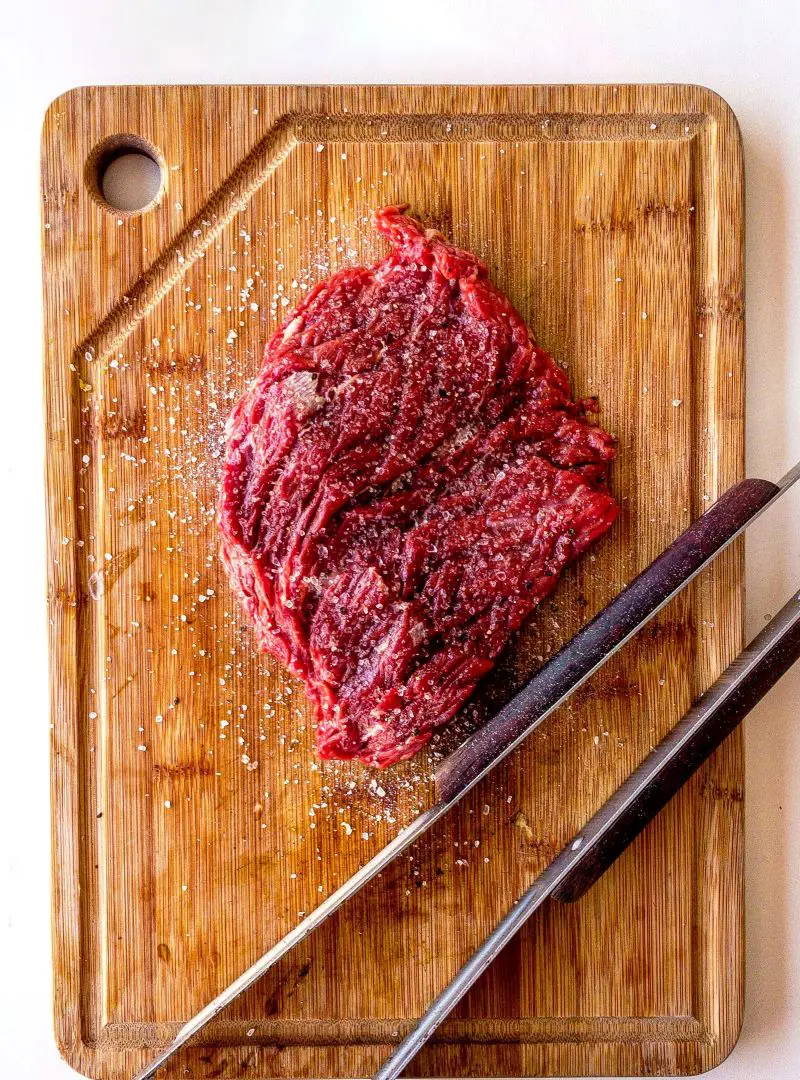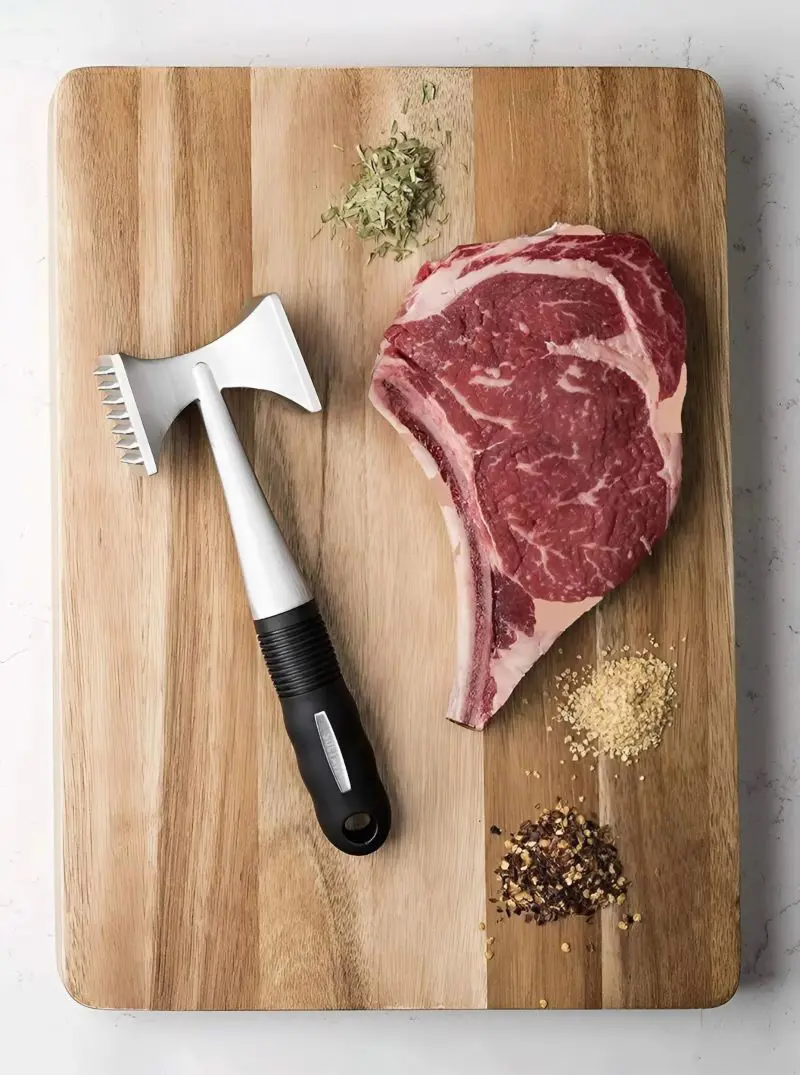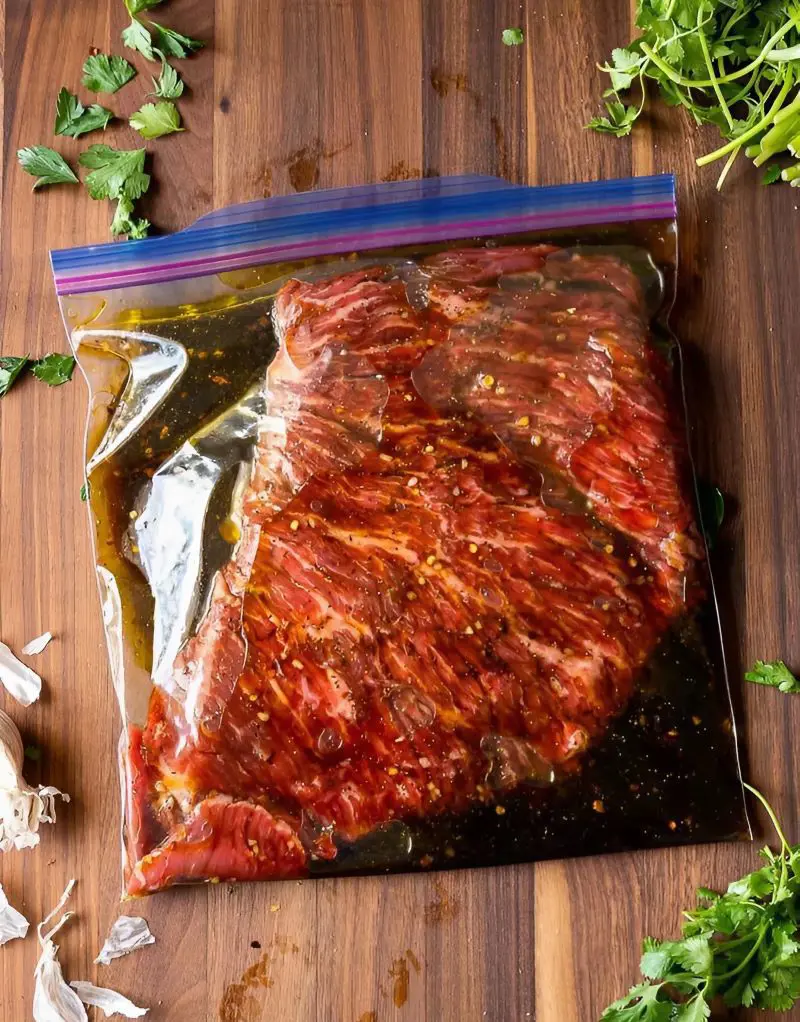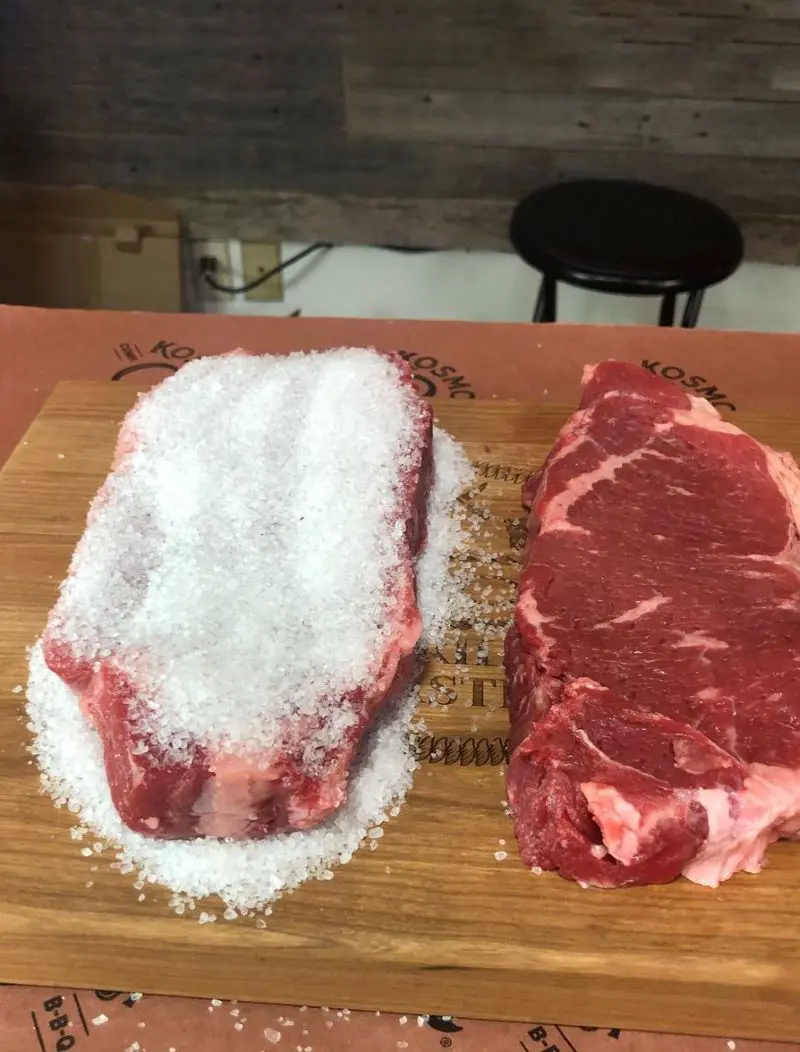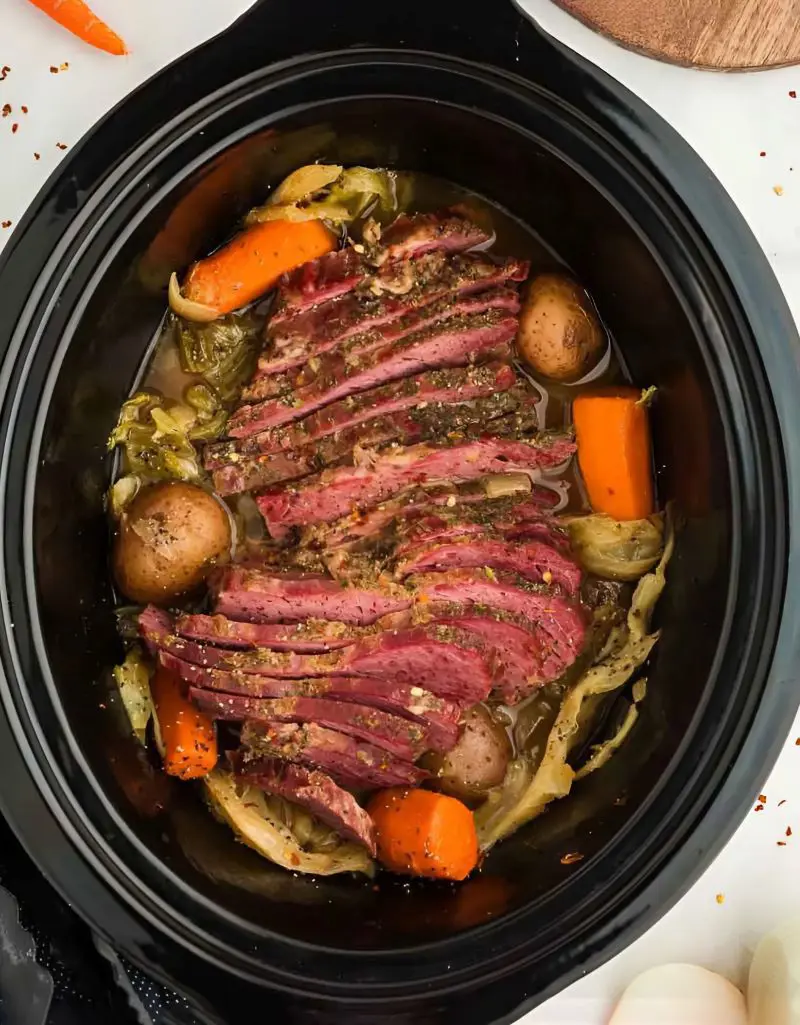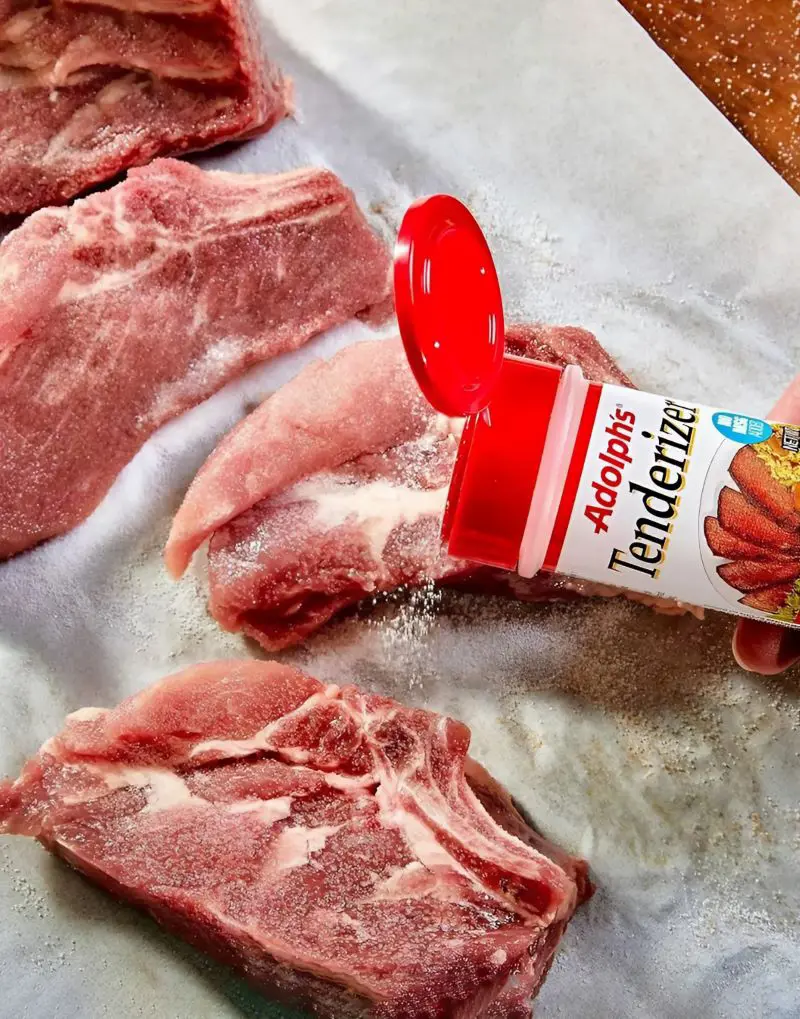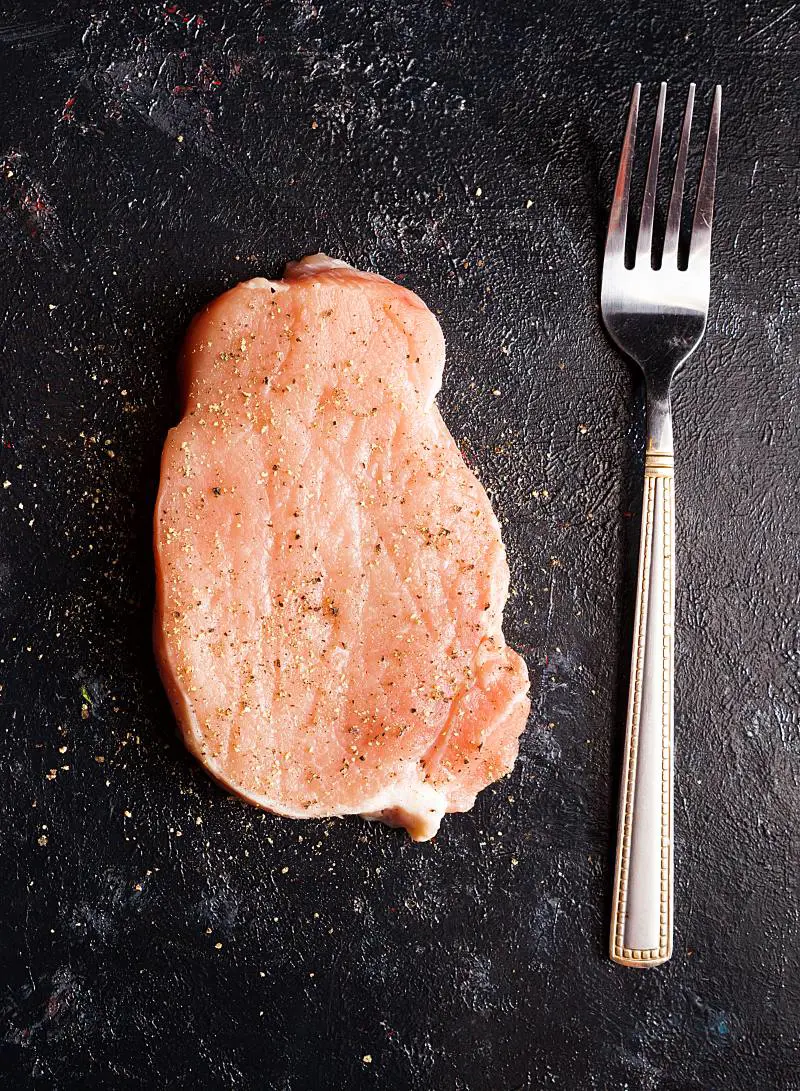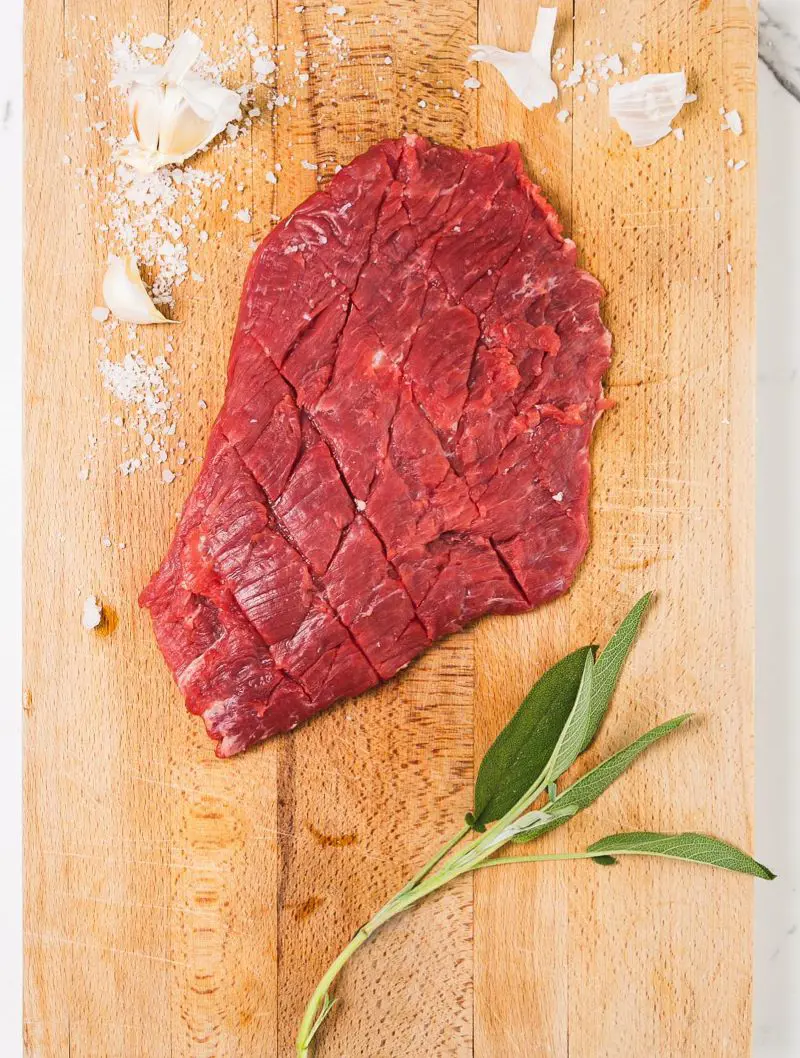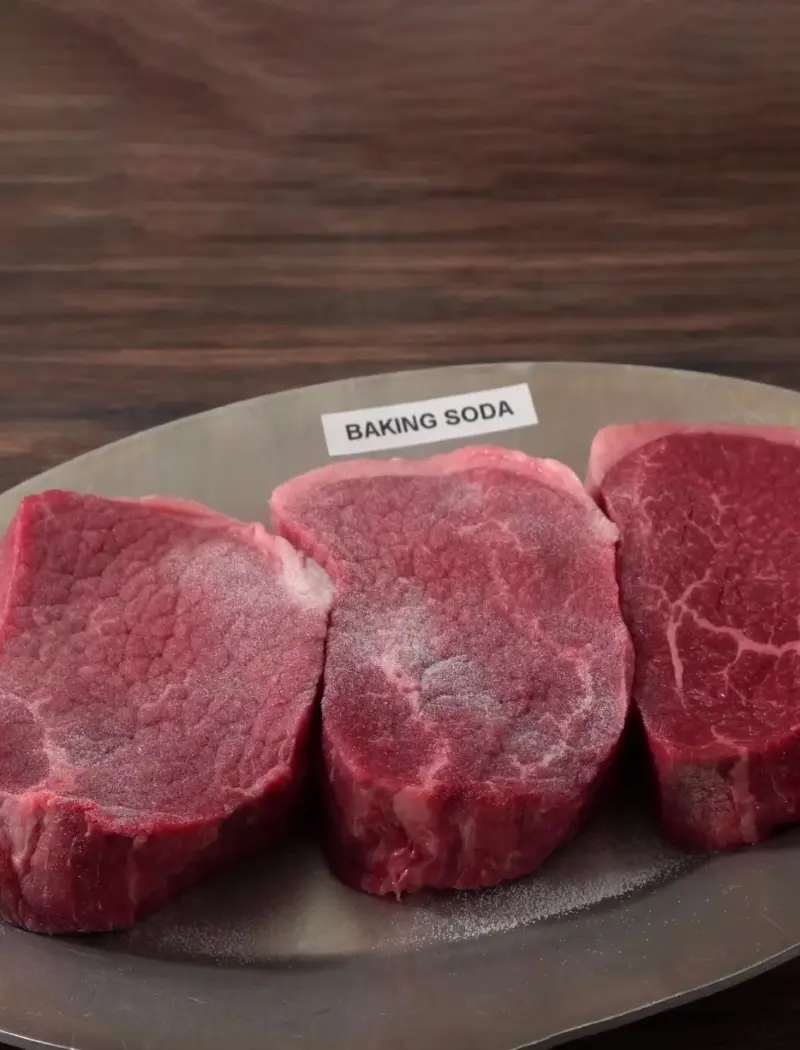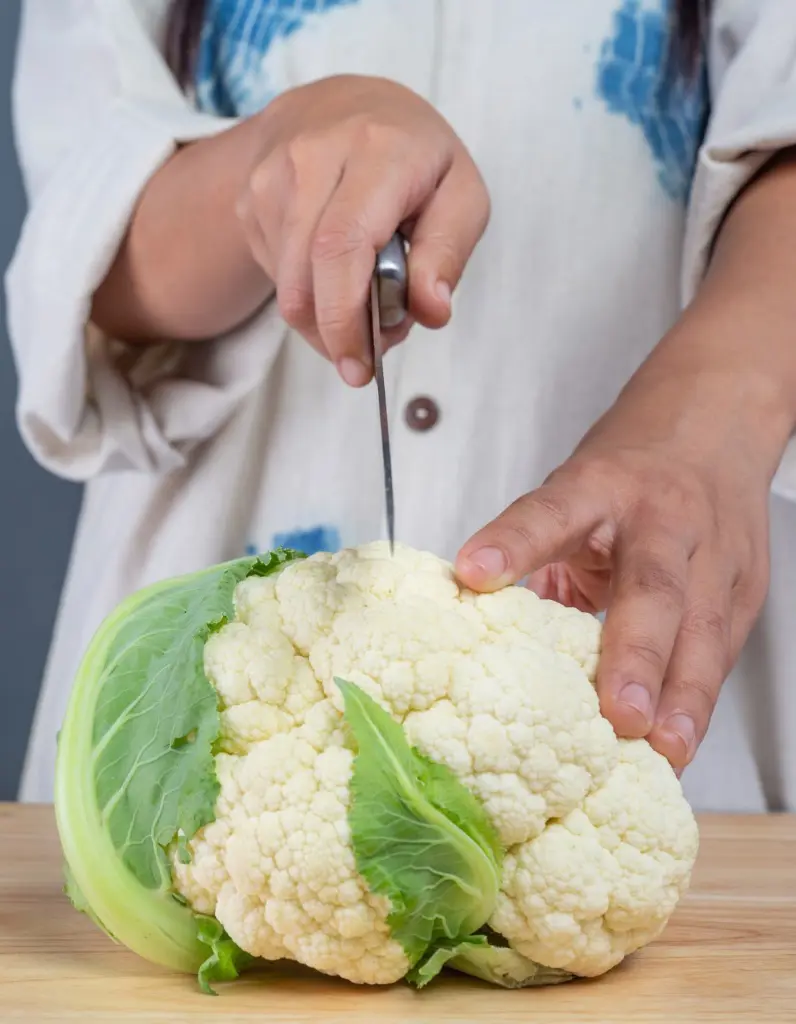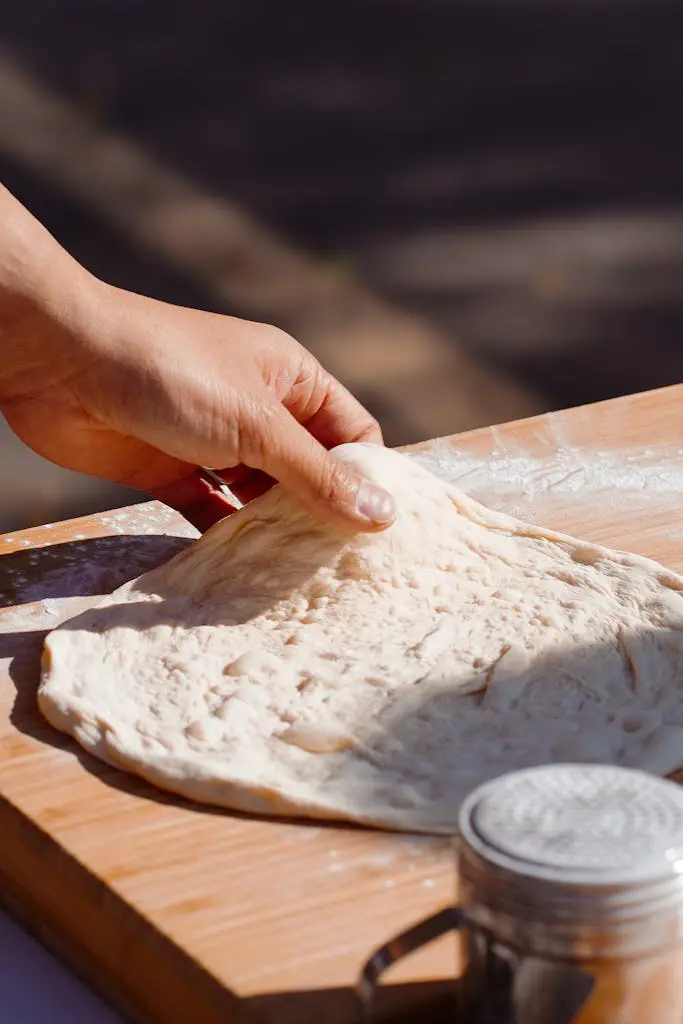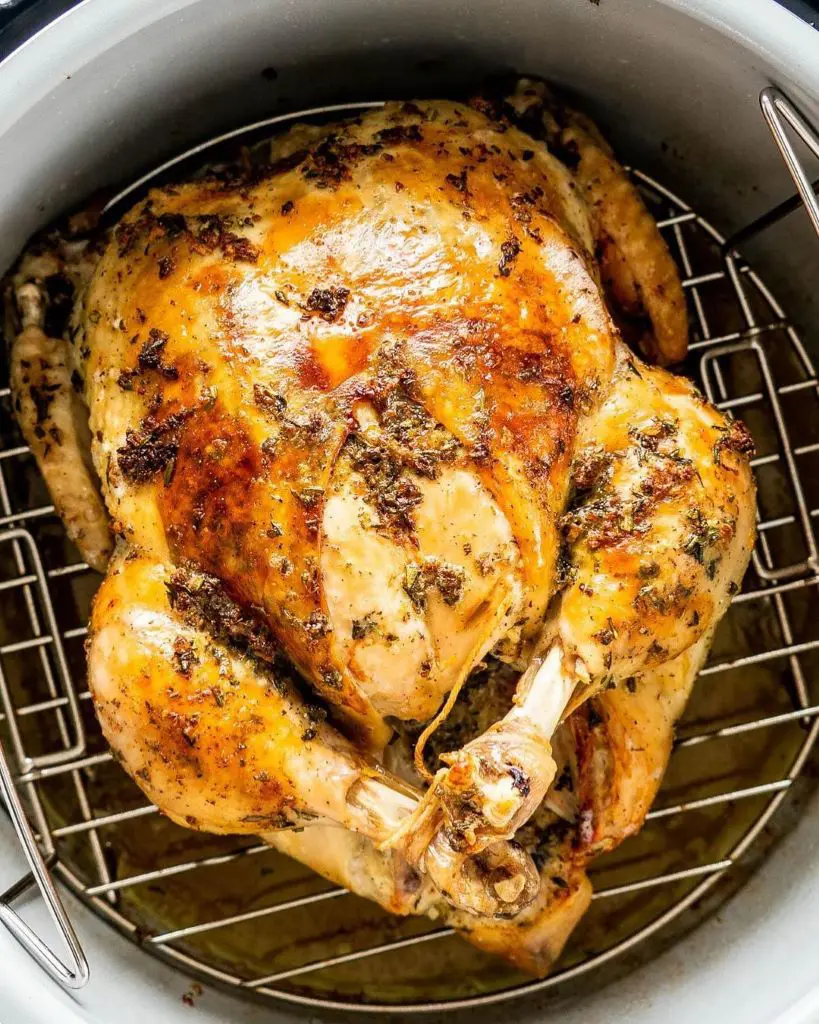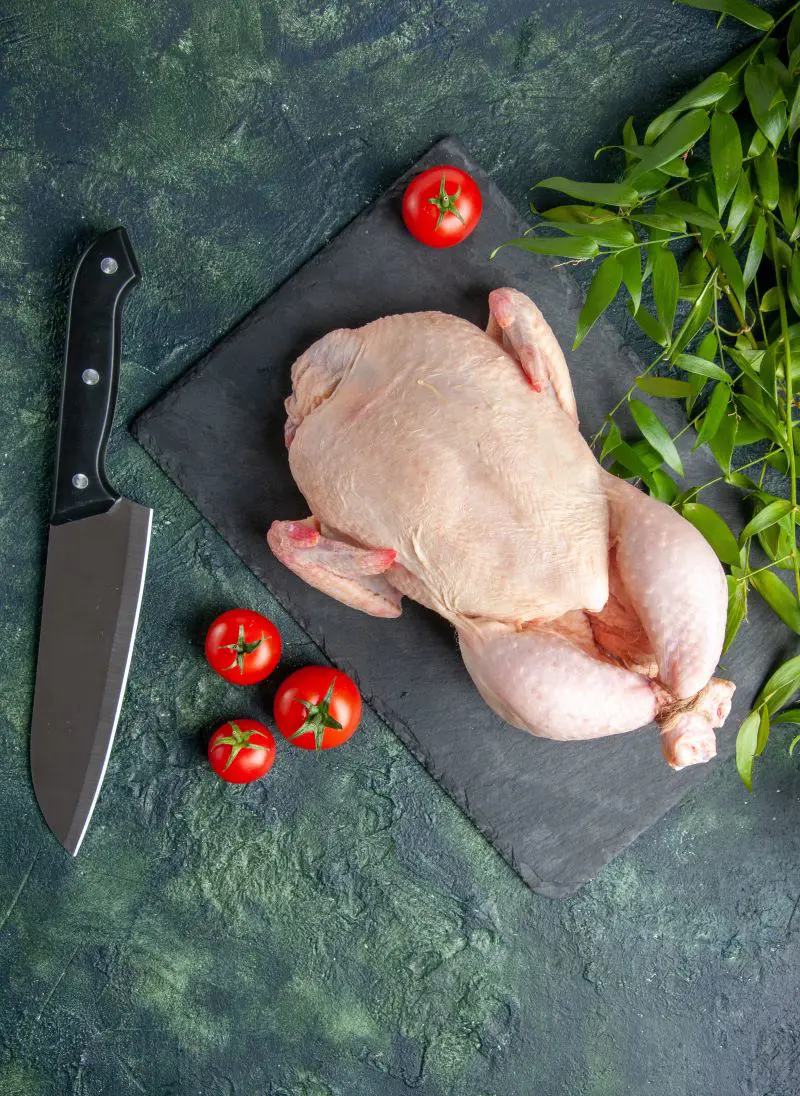Should You Tenderize Your Steak
Yes, tenderizing your steak is often necessary. It's an essential trick for turning tough meat into something tender and bursting with taste.
When you break down the firm muscle fibers, even tough cuts become easier to bite into. Tenderizing not only softens the meat but also improves its overall feel.
This method speeds up cooking, leaving your steak juicy and tender. Plus, you get extra time to focus on other kitchen tasks.
Tenderization functions through mechanical disruption of robust connective structures and muscular filaments. This technique remarkably enhances the eating experience, particularly for economically priced or more fibrous beef selections.
Types of Steak To Tenderize
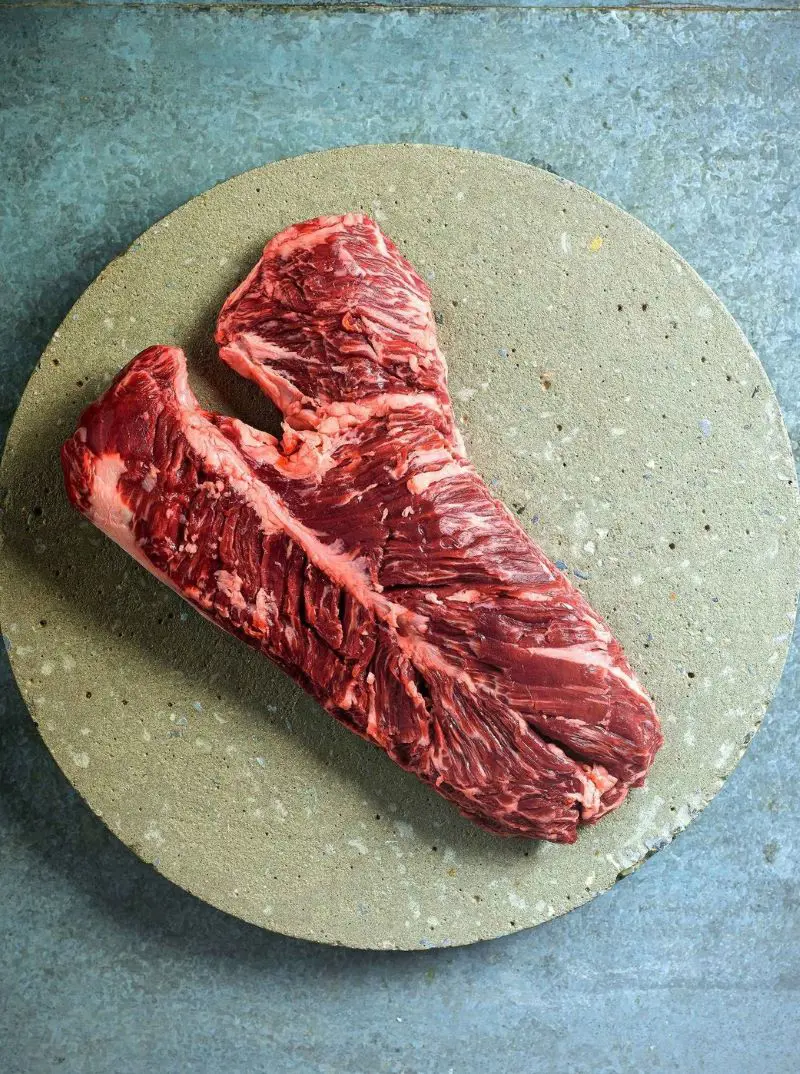
Some cuts of steak naturally do not require tenderizing. Premium cuts like ribeye, tenderloin, and strip steak are already naturally tender due to their low connective tissue content and come from parts of the cow that are less muscular.
These high-end cuts have beautiful marbling and soft texture, which means they are best enjoyed with minimal intervention.
Cooking them to the right temperature and letting them rest properly is usually sufficient to ensure a delicious eating experience.
Cuts of meat from the shoulder or leg of the cow are typically the toughest because these areas experience the most muscle movement.
These parts are worked significantly during the animal's life, resulting in more connective tissue and denser muscle fibers. While these cuts might be more challenging to prepare, they often pack more flavor compared to more tender cuts.
The increased muscle activity in these regions creates a more robust beef taste that many meat enthusiasts appreciate.
Steaks that benefit from tenderizing:
- Flank steak
- Skirt steak
- Bottom round
- Hanger steak
- Tri-tip steak
- Chuck steak
- Round steak
- London broil
- Brisket
The following are 6 methods to tenderize your steak before you begin cooking:
